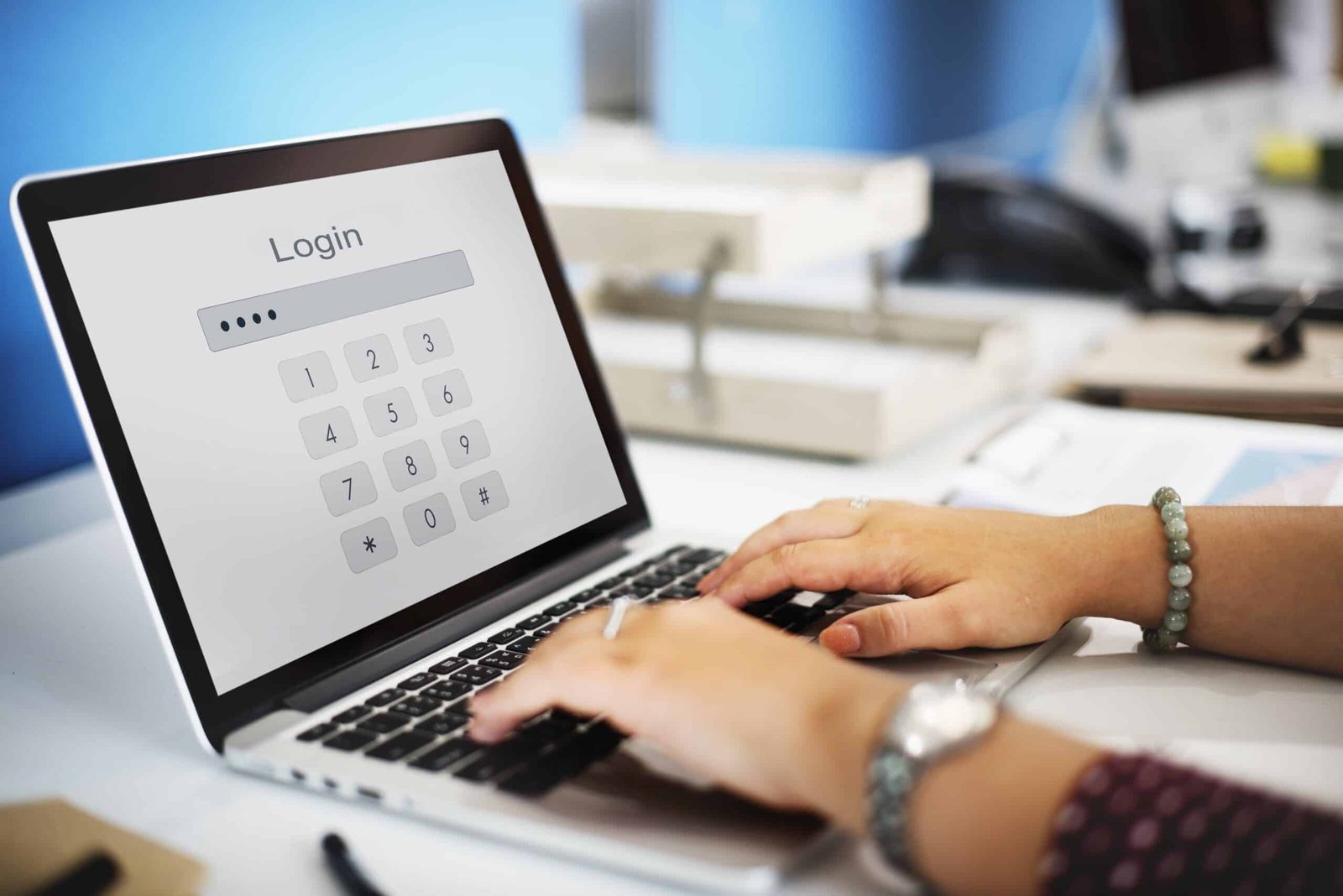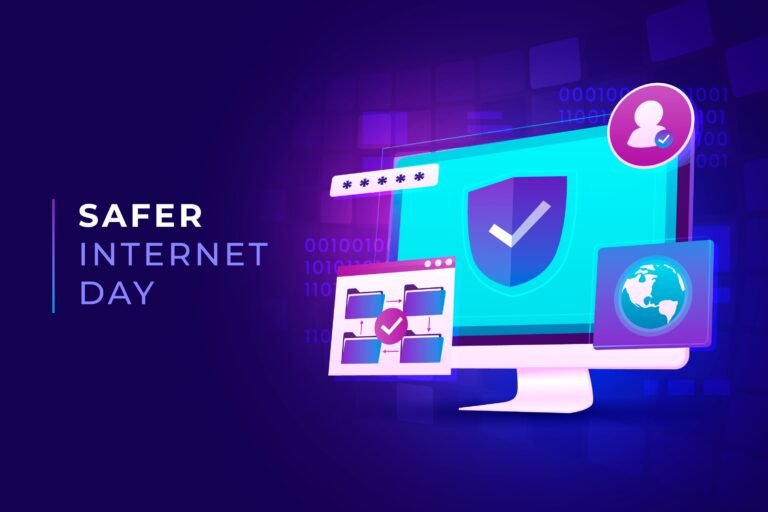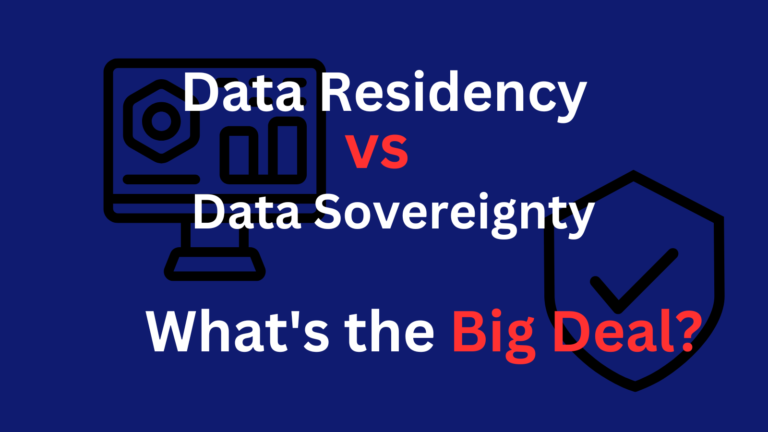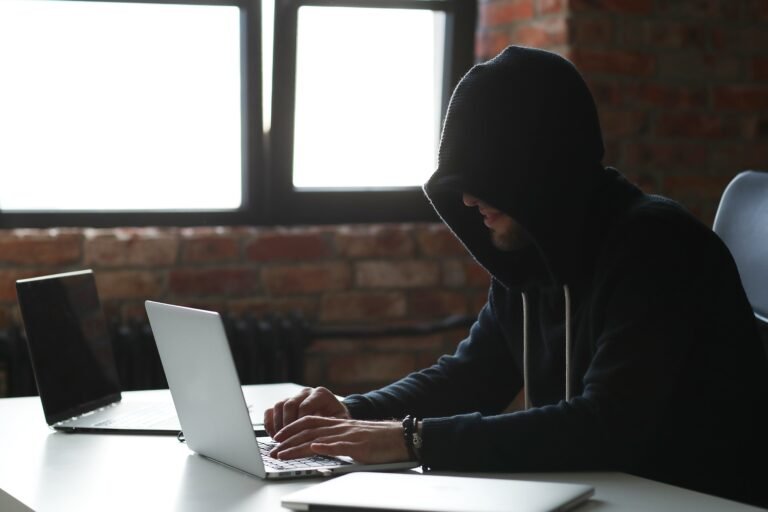What Is 2fa in Security?
Imagine that You’re about to get into your house, but instead of just one locked door, there are two you’ve got to open. That’s much like what 2FA, short for Two-Factor Authentication, is all about keeping online stuff secure. It’s like having an additional security net, ensuring you’re the only one who can get into your account, even if someone else somehow figures out your password.
Think of 2FA as being asked for two proofs of who you are before you can go ahead. This can be something you know (like a secret code or PIN), something you own (like your phone or a special security key), or even something unique about you (like your fingerprint or your face). This double-checking makes it tough for any unwelcome guests to sneak in, giving your online world an extra strong shield of security.
What is two-factor authentication and why is it used?
Two-factor authentication, or 2FA for short, is like having a super-strong guard for your online stuff and private data. Imagine it as a superhero team of two security checks that stand in the way of your important stuff and the attackers online. Instead of just using one password (which is like having one guard), 2FA brings in two different ways to prove it’s you, making everything much safer.
So, why do we rely on this superhero team? In today’s world, where passwords can be stolen or guessed, just using one is like putting all your trust in a single rope, it’s pretty risky. 2FA adds an extra safety net, making it way tougher for the baddies to sneak into your stuff. Even if they get your password, they’re stuck without the second “key” to your online world, whether that’s your fingerprint or a special code sent to your phone. It’s like having an extra goalie in a soccer game, ready to stop any shots that get past the first one, keeping your digital treasures safe and sound with this two-layer defense.
What are authentication factors?
In the world of keeping things online secure, authentication factors are like the keys to a castle. Each one is a different kind of key that proves who you are. Imagine them as different flavors of ice cream; each flavor is unique (just like each way of proving who you are is unique), but when you mix them, you get an even better, more secure treat.
There are primarily three broad categories:
- Something You Know: This one’s probably the most common and includes stuff like your secret codes, PINs, and those “what’s your favorite…” kind of security questions. It’s like having a secret handshake or a secret word to get into a hidden club. Only if you know the secret, you can get in.
- Something You Have: This one’s about having a physical item, like your phone, a special security gadget, or a smart card. It’s like having a special VIP ticket or a keychain that lets you in. No item, no entry.
- Something You Are: This one’s super personal. It uses parts of you that are unique, like your fingerprint, the way your face looks, or the pattern in your eye. It’s like using something about you that nobody else has, making it super tough for someone else to pretend they’re you.
By using these different methods together, 2FA makes it hard for any unwanted visitors to get through, because they’d have to break through not just one, but multiple types of locks to get in. It’s like wearing several layers of armor; even if one piece gets through, you’ve still got more layers keeping you secure, protecting your online world like a fortress.
How does two-factor authentication work?
Two-factor authentication is like a smooth dance between keeping things secure and making sure that you can easily get to your stuff. It finds a sweet spot, making your online security stronger without making it a huge hassle to log in. Let’s look at how this dance goes down:
- First Step – The Usual Sign-In: It all begins with the usual step, typing in your username and password. This is your first key, the “something you know.” It’s like the first guard you meet, making sure you know the secret code to get closer to the treasure.
- Second Step – Going the Extra Step: Once you’re past the first point, 2FA brings in backup. Now, you face the second key, which beefs up the security. You might have to punch in a code sent to your phone, hit a button on a device you trust, or use your fingerprint. This step checks “something you have” or “something you are,” double-checking it’s you trying to enter.
- Verification & Access: The system then takes a quick look at the second key you’ve given. If it’s all good, ta-da! The doors to your online space open up, letting you in. This two-key system makes sure that even if someone knows your password, they’d still face a hurdle only you can cross, thanks to something only you have or are.
2FA throws in an extra, smart layer to your security measures, changing as needed to face different dangers and making it tough for any unwanted guests to sneak in. It’s like putting a big water ditch around your fortress; yes, the main gate (your password) is key, but that additional hurdle (the second step) truly clinches it in stopping the attackers in their tracks.
Elements of two-factor authentication
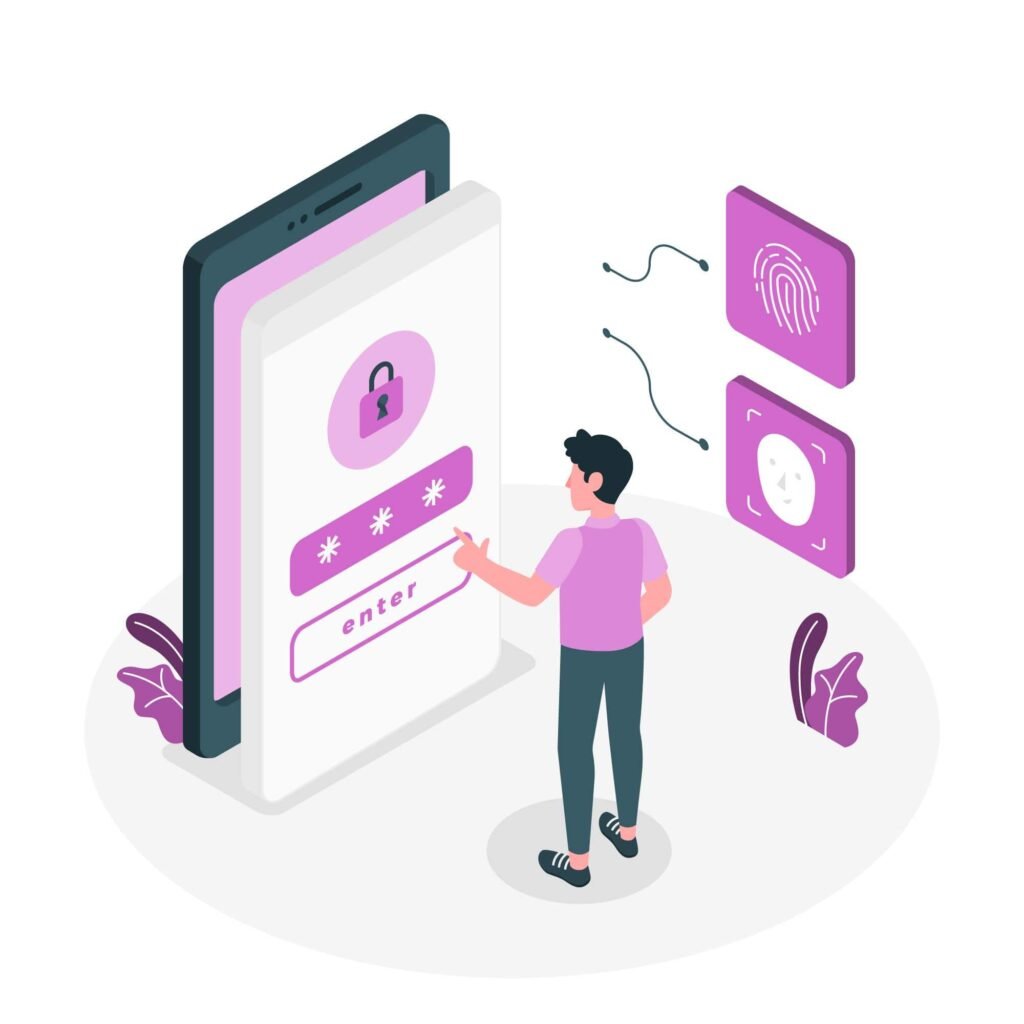
Going further into how two-factor authentication works shows us a bunch of cool features that make it super strong for you. These features are like the bricks that build up 2FA, turning it from just a simple wall into a complex castle that keeps out unwanted online visitors.
- Time-Based One-Time Passwords (TOTP): These passwords are like quick-change artists, always switching up their look. An application on your phone creates these passwords, and they only work for a short bit like 30 to 60 seconds. Imagine a door that changes its lock every minute, so old keys won’t work.
- SMS and Email Codes: These are like the messengers of the 2FA world, sending codes right to your phone or email. They’re handy but a bit like sending notes with a pigeon good, but there’s a chance someone could grab them if you’re not careful.
- Authentication Apps: Apps like Google Authenticator or Authy act as trustworthy guards, making TOTPs on your phone. They don’t depend on messages that might get snatched, making them a safer pick for the “something you have” factor.
- Physical Security Tokens: These are like the strong knights of 2FA. They’re things you can hold, like USB keys or smart cards, that make or keep your login codes. You have to physically use them with your device to get in, kind of like needing a real key for a treasure box.
- Biometric Verification: This is all about using parts of you, like your fingerprint or face, as a key. It’s the “something you are” factor, making your body act like a key. Think of a door that only opens when it sees your face or reads your fingerprint, offering a high level of security that’s hard to copy.
Each of these pieces is super important for you in the two-factor authentication world, offering different ways to boost security. When you mix them all, 2FA builds a strong, multi-layered shield that cuts down the chances of someone sneaking into your online space, making sure your digital world stays like your very own private castle.
Benefits of 2FA Implementation
Using two-factor authentication is like getting a bunch of perks that make your online life secure, both for fun and work. It’s like putting a top-notch alarm system in your house. It keeps the attackers away and lets you relax, knowing you’re secure. Let’s dive into some of these great benefits for you:
- Enhanced Security: 2FA steps up your protection, making it way harder for hackers to get into your accounts. It’s like having both a regular lock and a super strong bolt on your door. Even if someone gets past the first lock, they still have to deal with the bolt.
- Reduced Fraud and Identity Theft: 2FA makes it tough for someone to pretend they’re you and get into your stuff. It’s like having a tough guard who double-checks everyone’s ID before letting them in, making sure only the real owner gets access.
- Increased Productivity and Flexibility: With 2FA, companies can let people work from anywhere, feeling secure about it. It’s like giving employees a special key that lets them work from any place without risking important information.
- Compliance with Regulations: A lot of businesses have to follow strict rules about keeping data secure. 2FA helps make sure they’re doing everything right, kind of like having a rule-checker making sure all the security steps are in place.
- Boosted Customer Trust: When a business uses 2FA, it shows customers they care about keeping their information secure. It’s like a badge that says, “We’ve got your back,” making customers feel good about sticking with them.
- Cost-Effective Security Upgrade: Putting 2FA in place doesn’t cost much, especially compared to what could be lost in a data breach. It’s like investing in a moat and drawbridge for your online castle, giving you solid protection without spending a fortune.
The perks of using 2FA are huge, covering everything from better security to following rules, and even making customers happier. It’s a simple move for us as users, but it makes a huge difference in keeping our online activities secure. It lays down a solid base that helps all kinds of online stuff grow safely and securely in every part of our lives.
Is two-factor authentication secure?
Two-factor authentication is like a strong shield in the big world of online security, giving solid protection from many dangers. But, just like any shield, it’s not completely unbeatable. Knowing what it’s good at and where it might be weak is important if you want to use it well.
At its core, 2FA boosts safety by asking for two different kinds of proof that it’s you. This two-step check makes it way harder for anyone trying to sneak in because they’d have to break through two barriers, not just one. It’s like having to climb over two walls instead of just a single one.
In the world of keeping things secure online, there’s no one perfect solution that works for everything. Some 2FA methods, like getting codes through text messages or emails, can be tricked by clever scams or tricks where a hacker manages to get your messages sent to their phone instead. It’s a heads-up that even the strongest defenses have spots that need extra watching.
Using apps for authentication or physical keys you can hold usually gives you tighter security because they don’t depend on networks that might be easy to hack into. Adding biometrics, like your fingerprint or face, makes it even harder for hackers because these are unique to you.
So, even though 2FA isn’t unbeatable, it’s still a really strong guard against many kinds of hacks. It’s important to pick the right kind of 2FA for what you need to keep secure and always keep an eye out for tricky scams. With these steps, 2FA is a big help in protecting our online world.
Future of authentication
Looking ahead in the world of cybersecurity, the next steps for checking who you are online seem both exciting and full of new ideas. We’re looking at a mix of better security, easier use, and the latest tech. The way we prove who we are online is changing because we’re always looking for difficult shields against smarter dangers and we want it to be easy and natural to use.
- Biometric Updates: The world of biometrics is getting bigger, moving past just using fingerprints and face scans to things like checking the pattern of your heartbeat, recognizing your veins, or even the way you walk. This could mean that one day, proving it’s you could be as simple as walking into a room or touching something.
- Behavior Checks: Imagine a system that knows it’s you by the way you type, how you swipe on screens, or the way you hold your phone. This kind of technology looks at your usual actions to keep confirming it’s you, making it super hard for fakers to copy.
- Your Digital ID: As people worry more about privacy, there’s a move towards letting everyone have more say in their online identity. Technologies like blockchain are leading to a world where you have full control over who knows what about you, without needing one big place that keeps all this information.
- Trust No One, Check Everyone: The idea that you should always double-check and not just blindly trust is becoming more popular. This means using smarter systems that look at everything from where you are, how secure your device is, and when you’re trying to get access, to decide if you should be let in.
- Smart Tech Gets Smarter: With AI and machine learning getting better, they’re set to become a big part of how we check identities. They might help spot new dangers, change security measures as needed, and even see risks before they happen, keeping things secure.
In the colorful future of checking who you are online, there’s going to be a big push for ways that not only make things secure but also make using our gadgets and online services smoother. It’s an exciting road ahead, leading to a place where proving it’s you is super easy and strong, blending perfectly into our everyday online world.
In conclusion
In the complex world of our online lives, two-factor authentication (2FA) is a key part, of making our daily internet use secure and more trustworthy. As we’ve explored what 2FA is, how it works, and its benefits, it’s clear that while it’s not the ultimate fix for everything, it’s a really strong shield for our cybersecurity. Looking ahead, the future of proving who we are online is full of exciting possibilities, with new ideas that will make things even more secure and easier to use. Staying smart and alert as we welcome these new technologies will be crucial in dealing with the changing risks of online security, helping us use the internet confidently and safely.
FAQs
What is Two-Factor Authentication (2FA)?
Two-factor authentication (2FA) is a security process in which users provide two different authentication factors to verify themselves. This method adds an extra layer of protection to the traditional username and password model of security.
Why is 2FA important?
2FA is crucial because it significantly increases account security by requiring a second form of verification beyond just a password. This makes it much harder for unauthorized users to gain access to sensitive information or accounts, even if they have your password.
What are the most common types of 2FA?
The most common types of 2FA include SMS codes sent to a mobile device, authentication apps that generate time-sensitive codes, physical tokens that generate codes, and biometric verification like fingerprints or facial recognition.
Can 2FA be hacked?
While 2FA greatly enhances security, no system is completely invulnerable. Methods like SMS-based 2FA can be susceptible to interception or SIM swap attacks. However, using an authentication app or a physical token reduces many of these risks.

